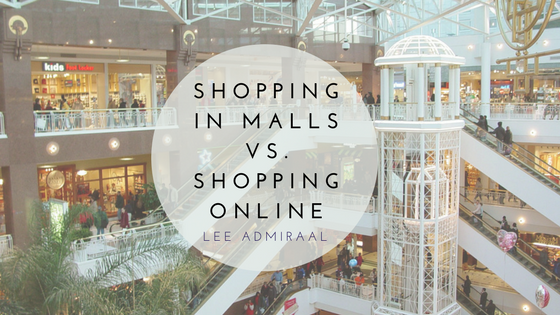E-commerce is here, and it’s growing. Data from a 2016 Pew Research study reveals that around 80% of American consumers have now made a purchase of some kind online: a massive surge, at least compared to the year 2000’s meager e-buyer rate of 22%. It’s little shock that in the dawn of a digital awakening, millions of shoppers now choose to browse the cyber marketplace from the comfort of a connected device, swapping (like so many other traditionally physical activities) the in-store experience for the convenience touted by the online shopping scene.
But is the virtual marketplace really what today’s consumers prefer? And considering current consumer attitudes, can e-commerce really be considered a feasible future alternative to the advantages offered by purchasing in person?
Surely enough, the answer is somewhat less than the resounding “yes” one might expect from today’s ultra-connected, never offline culture. A recent study by A.T. Kearney reveals that not only do over 90% of all retail sales still occur in a store, but across all age groups and retail categories, an average 70% of consumers prefer to make purchases in person.
Even more astoundingly, when it came to preferences by age, teens were listed among the most enthusiastic advocates of in-person shopping, outranked only by the understandably traditionalist senior and baby boomer brackets. A.T Kearney’s findings are corroborated by Pew data, which states that even among online shoppers, 65% would rather buy in-store, given the choice.
Shopping In Malls Popularity
These results make sense considering the fact that for most people, making a physical purchase is more than just an exercise in consumerism. There is a certain intrinsic value to planning and taking a trip to the shopping centre; traveling to a mall requires effort and time, sure, but these small sacrifices are compensated by a primal reward, the instinctual pleasure derived from checking off a successful task in full, leaving a transaction carrying exactly what you came for, when you came for it.
In fact, according to a study by WD Partners, almost 80% of participants agreed that instant gratification is central to the allure of in-store shopping. Another 75% stated an additional perk of physical shopping is the personal, face-to-face connection felt when browsing the shelves alongside friends and family, or engaging in on-the-spot customer service and checkout.
No one can deny that e-commerce offers a degree of easy navigation and convenience of access however, it lacks a certain personal touch; the deeper, endearing, somewhat unexplainable human quality which nonetheless explains in large part the enduring popularity of shopping in person, even amid the internet age.

